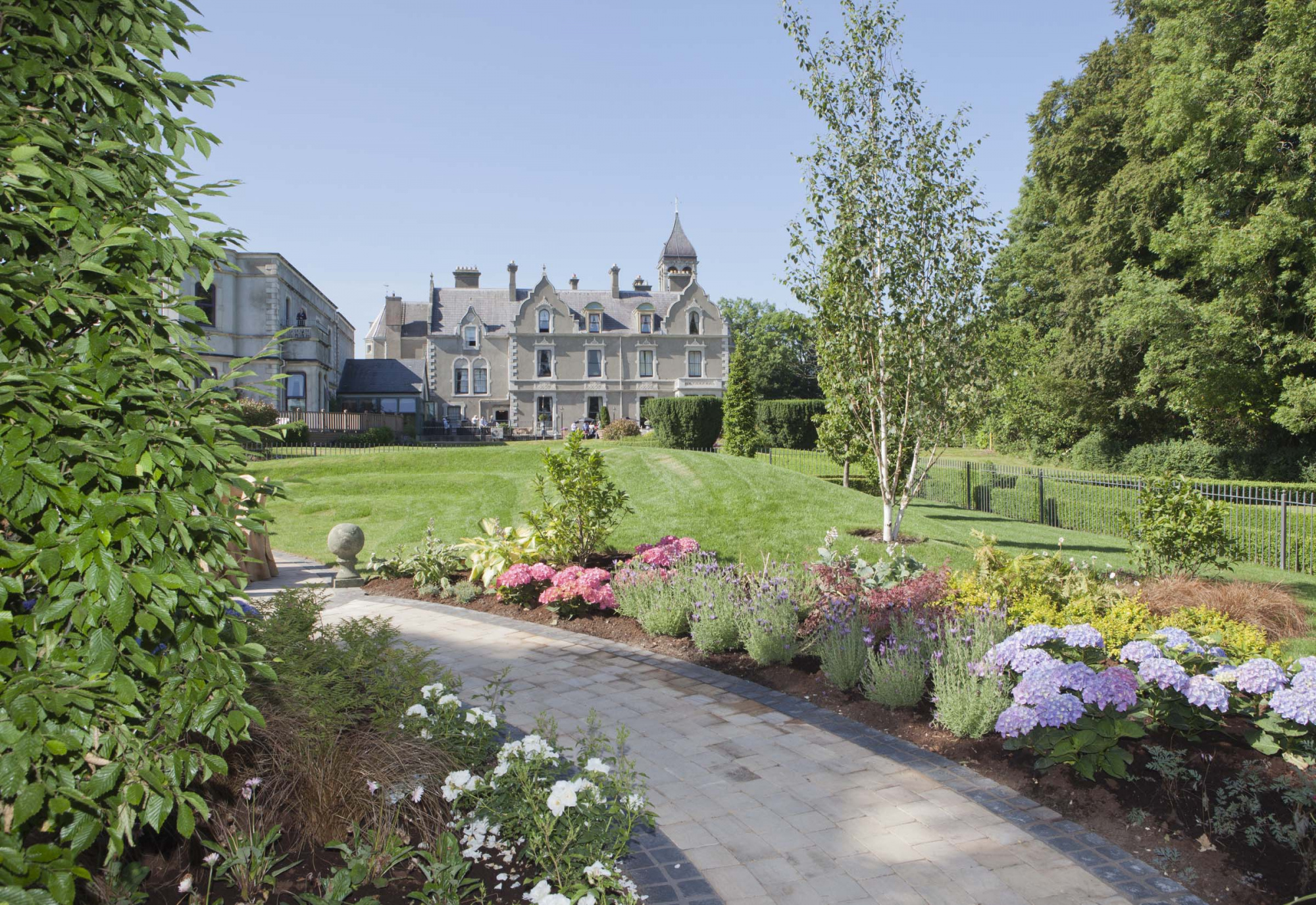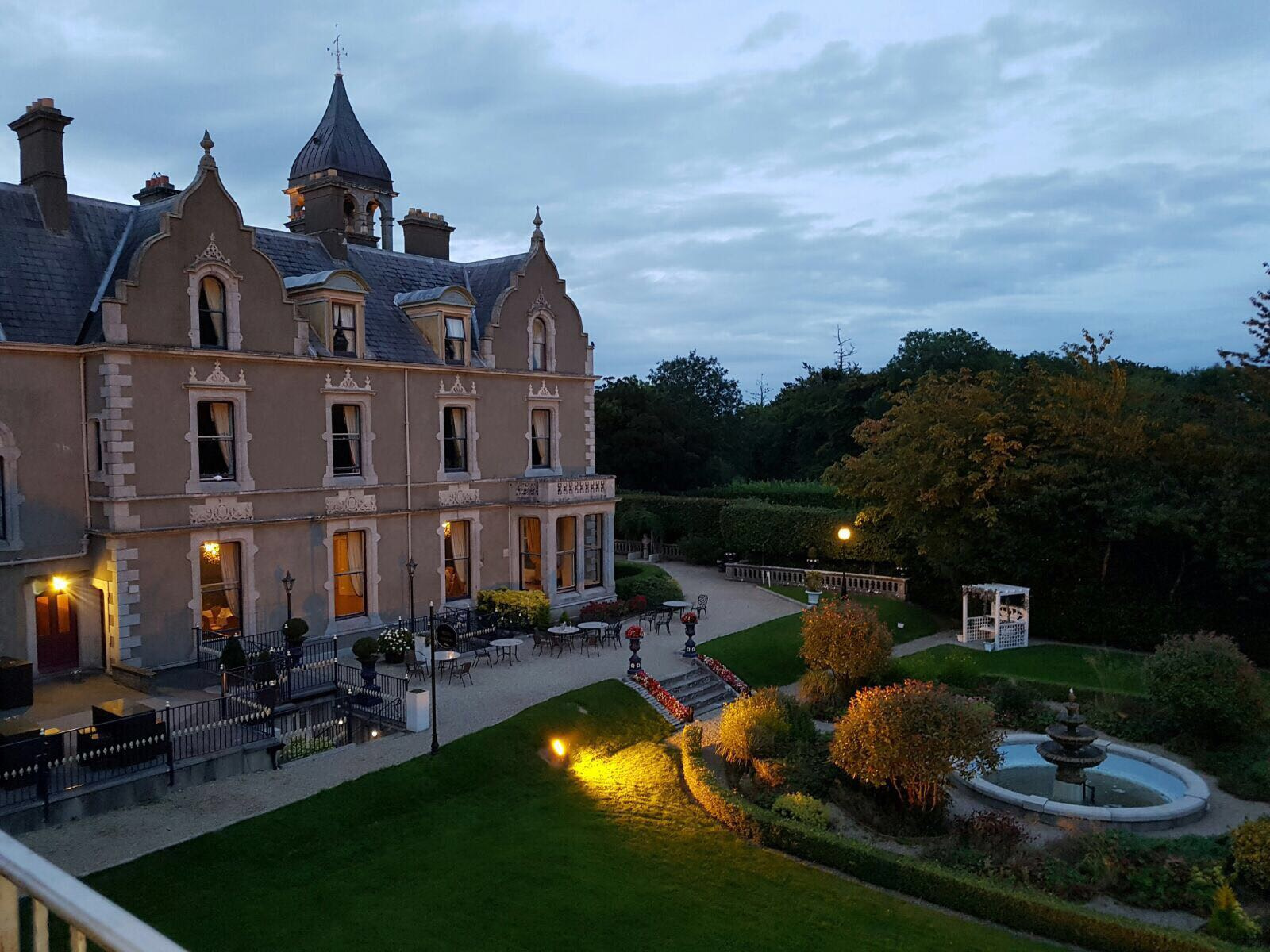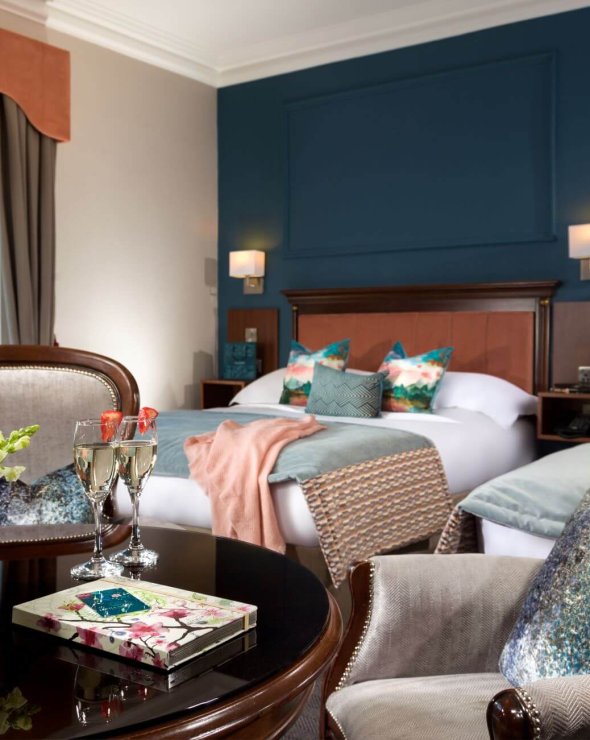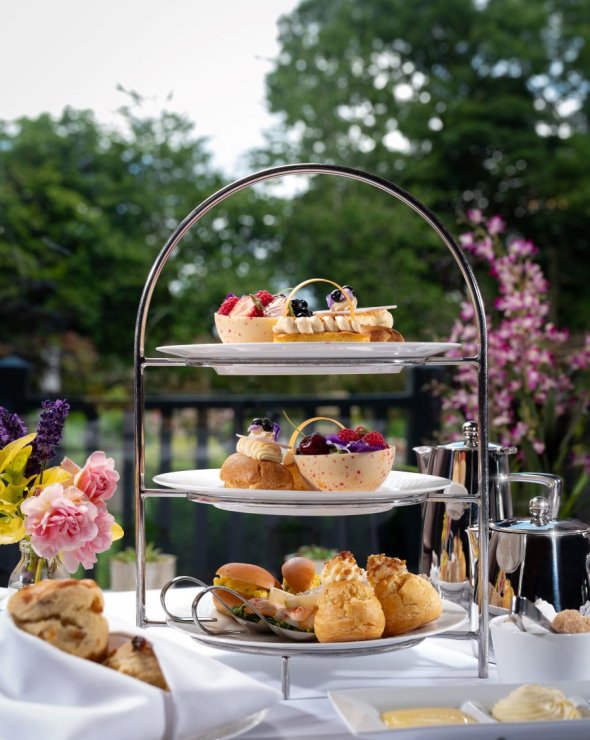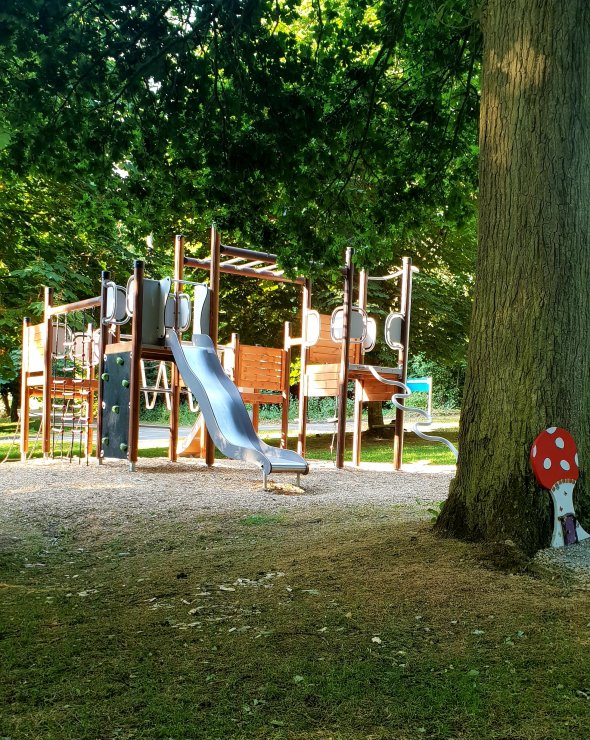The acquisition of the estate by the Moore family in the early 19th century and the construction of the manor house in 1861 by Lt Col Richard St Ledger Moore which is now one of the features of the hotel. The acquisition of the property in 1927 by the La Sainte order of nuns and the conversion of the manor house into a convent and junior boarding school. The de-consecration and closure of the COI church in 1965.
Another interesting aspect of the site is the caves or souterrains which are located to the west of the ruined church. These are of uncertain origin but most probably date back to the monastic period. They are extensive and comprise a network of passages ranging in height from 3 to 5 ft. joining more extensive chambers. Their purpose is understood to have been for the storage of grain and a place of refuge in time of danger. They have been discovered, forgotten and rediscovered several times over the centuries, the most recent discovery occurred in 2005 when construction machinery was operating on the site in preparation for development.
The condition of the caves is unknown and it remains for some future archaeological assessment to investigate and document the structure.
